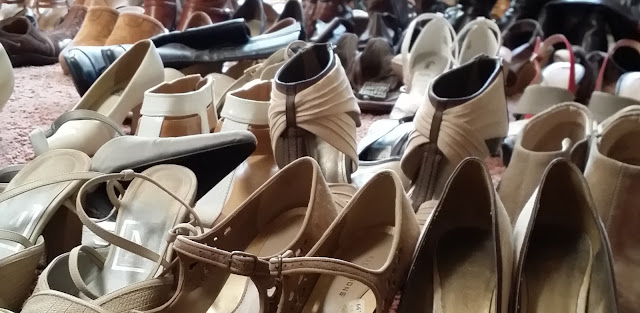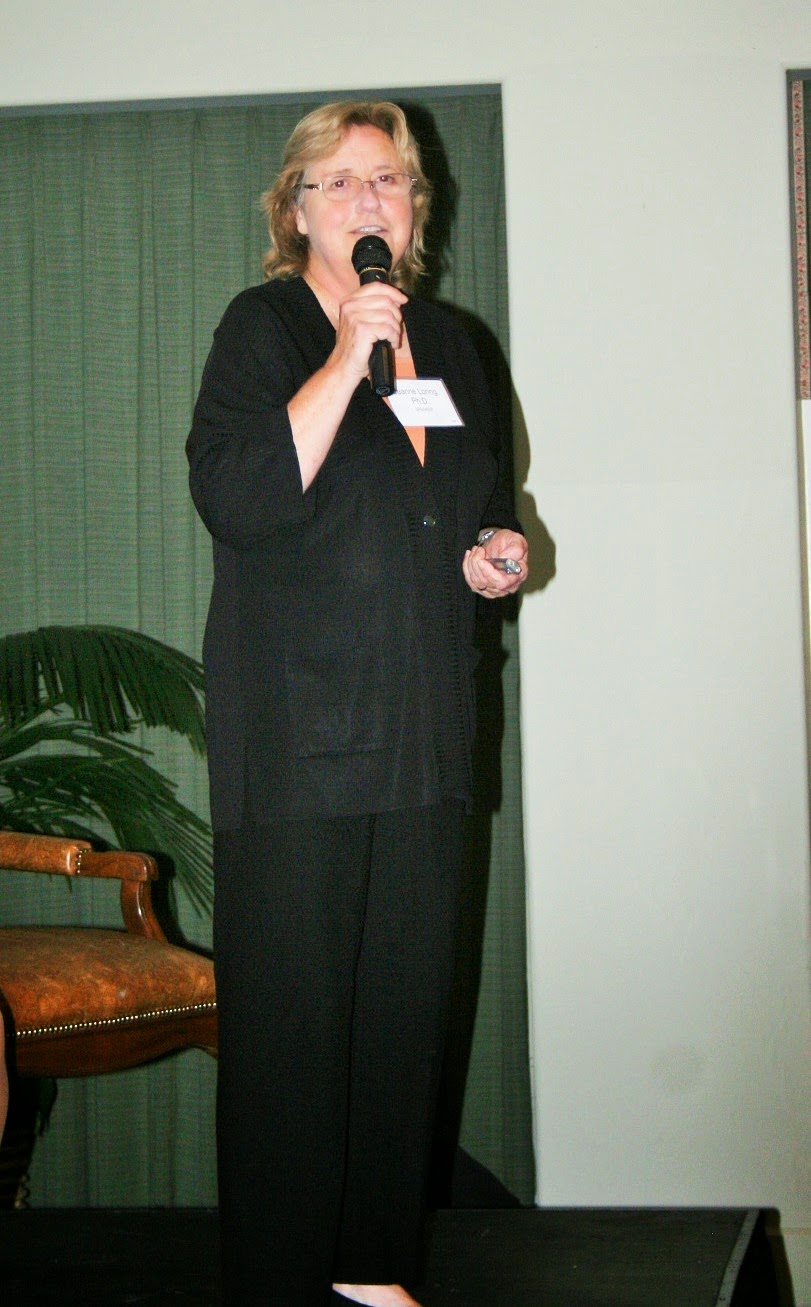The hidden disease that no one talks about: from clutter to dealing with the stigma of hoarding.
Let's face it: how many times, at the beginning of the year, we promise ourselves to clean out the clutter in our closet/garage/storage room/office? One's new year resolutions might be a bigger problem than we think... There are a lot of hidden reasons why we clutter, and justify it. Understanding our behavior is only a part of the strategy to tackle the task of decluttering head on. But at what point does an individual go from clutter to hoarding? How does it affect the life of those around a hoarder? And most importantly, how does the health of a person who is hoarding?
There should't be a way to sugar-coat hoarding. It is as valid a disease as OCD and other anxiety and psychological disorders. Dr. Sanjaya Saxena, speaker at the Howell Health and Happiness Symposium on January 21st, sheds light on the compulsive behavior called hoarding. According to Dr. Sanjaya Saxena, (quoted in this article from the Washington Post last year), "Hoarding is 'underdiagnosed and undertreated'. Though people realize it’s a problem, they never conceive of it as a medical disorder rooted in brain abnormalities.”
His clinical focus is on assessing and treating patients with OCD and obsessive-compulsive spectrum disorders with medication and/or cognitive-behavioral therapy. His research examines the fundamental neurobiology and treatment of OCD, hoarding and related disorders, using functional and structural brain imaging technologies to understand how brain circuits mediate their symptoms. The goal is to learn why some treatments are effective and how to predict patients’ responses to different treatment options. Some of his recent research explores ways to more effectively treat hoarding disorder and develop novel treatments for this condition.
The first step in addressing hoarding is by working towards eliminating the stigma that accompanies it. No, hoarders are not lazy, or loosers for that matter. Here is what is known so far:
- Hoarding affects 19 million Americans --around 6% of the population
- Recent research shows that hoarding can be genetic
- Research has also shown that hoarding tendencies start during teenage years
- Hoarding is more present in men than in women
- Hoarding typically co-occurs with other mental disorders including depression, bipolar disorder and personality disorders. Alcholol dependence and obsesive compulsive behaviors exacerbate its treatment
- Hoarding is inversley proportional to income levels
- There is a strong co-relation between hoarding and obesity: hoarders are 3 times more likely to be obese
- Hoarding is not exclusive to objects; although animal and object hoarding come hand in hand
- Hoarders are in general socially withdrawn and are older in age
For those with a family member or friend that shows a hoarding pattern, it is important to realize that unless there is a will to change the behavior, the likelyhood of succeding is, well, not there. Interventionalist teams that address hoarding typically recommend an approach based on trust and respect. It is important to ask before getting rid of an item, as ridiculous as the item might be. Intervention teams that address hoarding typically involve the development of strategies that seek behavioral changes:
- Developing an 'anti-clutter' plan that involves a licensed clinitian or coach that can work on the entrenched belief of collecting
- Practicing clutter removal to etablish the habit of getting rid of unnecessary items
- Joining a support group
- Avoiding the habit of shopping
- Engaging in other activities that might help mitigate the anxiety of hoarding, such as exercise or meditation
Depending on wether there is an underlying disorder such as depression and axiety, medication might work.
Hoarding is no laughing matter! Learn more at the Howell Foundation's Health and Happiness Syposium on January 21st. It will provide new strategies and tools to uncover your health in one area that is rarely talked about -- clutter and hoarding; including effective coping skills like meditation and exercise.
###
Sources:
https://www.scientificamerican.com/article/real-world-hoarding/
http://www.nytimes.com/2004/06/01/health/a-clue-to-the-hoarder-s-compulsion-for-clutter.html?_r=0
https://www.washingtonpost.com/national/health-science/hoarding-is-serious-disorder--and-its-only-getting-worse-in-the-us/2016/04/11/b64a0790-f689-11e5-9804-537defcc3cf6_story.html?utm_term=.4afea6813bb5
https://www.ncbi.nlm.nih.gov/pmc/articles/PMC5183092/
http://doctors.ucsd.edu/details/12033/sanjaya-saxena-psychiatry-la_jolla
https://www.ncbi.nlm.nih.gov/pubmed/15169692
Image by Geoff B Hall - Own work, CC0, https://commons.wikimedia.org/w/index.php?curid=16393385
###
About the Doris A. Howell Foundation:
The Doris A. Howell Foundation for Women’s Health Research is committed to keeping the women we love healthy, advancing women’s health through research and educating women to be catalysts for improving family health in the community.
The organization does so by funding scholarships to students researching issues affecting women’s health; providing a forum for medical experts, scientists, doctors, and researchers to convey timely information on topics relevant to women’s health and the health of their families through its Lecture and Evening Series, and by funding research initiatives that improve the health of under-served women and increase awareness and advocacy in the community.
###





Comments
Post a Comment